12 Pricing Strategies To Boost Your Sales in 2021
Every Shopify seller must have a brilliant price strategy.
Here’s the why: If your price is too high, you won’t land as many sales. And if you price them too low, you’ll make less money than you could. You find that sweet spot — and this process starts by selecting the right pricing strategy.
But what are pricing strategies exactly, and how do they work? There are so many pricing models to choose from, too — which one is best for your business? The below guide will teach you about the most popular pricing strategies and how to use them.
What Are Pricing Strategies?
A pricing strategy is a method used to identify the best price for a product or service. Pricing strategies are designed to maximize both sales and profits.
There are many different types of pricing strategies. Each with its advantages and disadvantages. Here are 12 types of pricing strategies that we’re going to explore in this article:
The type of pricing strategy that you use will depend on a few factors. Let’s take a closer look at each one so you can understand the differences.
1. Cost-Plus Pricing Strategy
A cost-plus pricing strategy is one of the most straightforward ways to price your offers. You would determine the total cost of producing and selling your product or service. — also known as the cost of goods sold (COGS). This includes product sourcing, packaging, shipping, and any other cost required to produce and sell the product or service. Once you’ve determined the COGS, you would apply a fixed percentage to make a profit. This is why the cost-plus pricing model is often referred to as ‘markup pricing.’
The cost-plus pricing strategy is mostly used by retailers selling many physical products. It usually doesn’t work well for more complex products or services, such as software or consulting services.
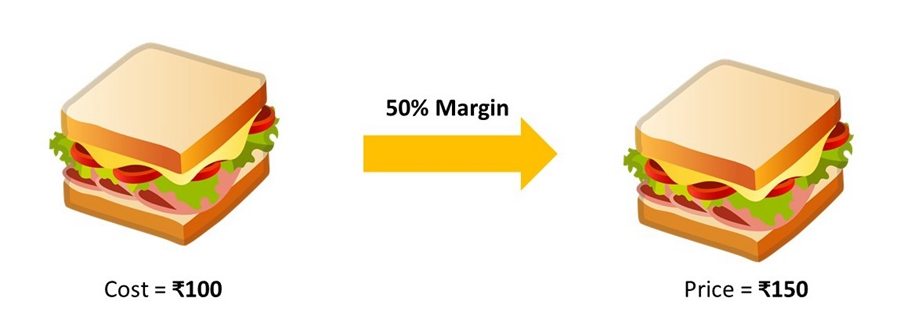
2. Competitive Pricing Strategy
Competitive pricing — also known as competition-based pricing. It follows the going market rate for a product or service.
When using this pricing strategy, you would research your closest competitor’s price. You could price your products the same, or slightly higher or lower than your competitors.
This pricing model works best in a saturated niche. Consumers may choose one similar offer because of a slightly lower price. Just be careful not to join a ‘race to the bottom’. When businesses keep undercutting each other to win more business but drive down profits for everyone.
This pricing strategy also works well when you’re able to price your product or service like competitors. Besides offering extra features, perks, or benefits that your competitors don’t offer.
For example, Shopify’s pricing is very like its competitors’ pricing, but the platform provides many more features for the same price.

3. Psychological Pricing Strategy
If you’ve ever walked into a discount store, you’ve experienced psychological pricing firsthand.
This pricing strategy is all about using human psychology principles to increase sales. A common tactic is ‘charm pricing’ — when a price ends in 9, 99, or 95 to make it feel cheaper than it is. This works because when people read from left to right, the number appears smaller.
Another psychological pricing tactic is called price anchoring. It works by anchoring the price high and then offering a lower price to make the price seem like a good deal. For example, “$90 NOW $72.”
If people in your target market are attracted to sales and discounts, this pricing strategy may be a good bet. But, tactics like these don’t work well when your target market is primarily concerned with quality and/or prestige.
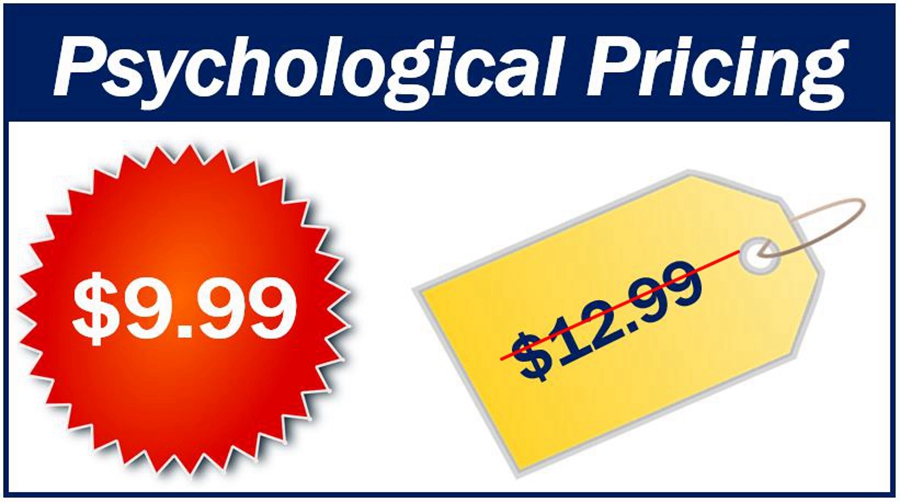
4. Premium Pricing Strategy
A premium pricing strategy is exactly what it sounds like. The idea is to set a high price to increase the perceived value of a product or service. It’s also known as prestige or luxury pricing.
Premium pricing is most often used by luxury brands in the fashion industry. For example, the watch brand Rolex uses a premium pricing model.
Premium Pricing: Rolex
Most brands using this pricing strategy will set a price that’s far higher than the COGS.

5. Bundle Pricing Strategy
Whenever you offer two or more products for a single price, you’re using a bundled pricing model. For example, is when fast-food chains like McDonald’s offer meal deals.
This strategy can help you to increase your average order value (AOV) by cross-selling and upselling complementary products.
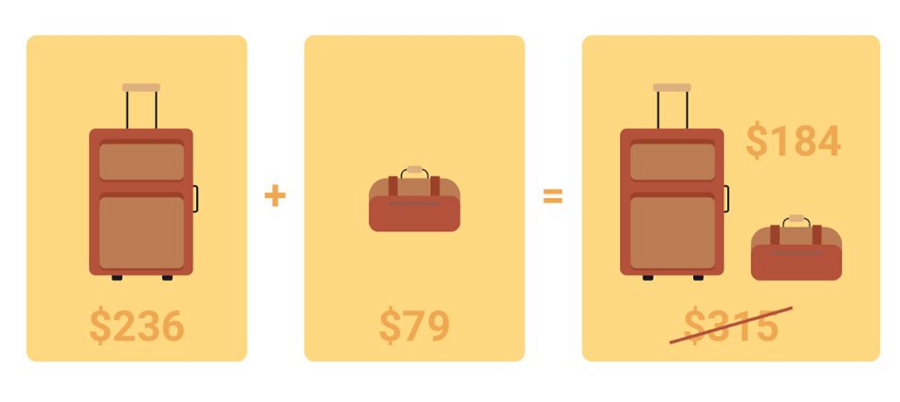
6. Freemium Pricing Strategy
When businesses provide a basic version of their core offering for free to encourage people to use the product or service. The company will then work to upsell users to a paid premium version of the product or service that provides more value.
This pricing strategy is mostly used by software-as-a-service (SaaS) businesses. They offer free plans with limited features, allowing users to experience the software before paying.
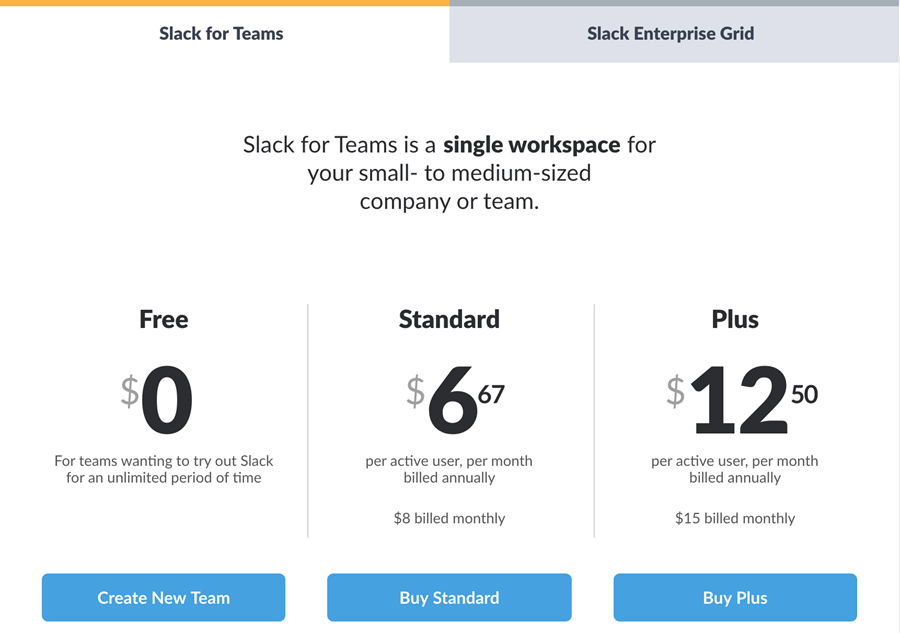
7. Value-Based Pricing Strategy
Value-based pricing is simple in principle, but challenging in practice.
All you have to do is set your prices based on what your customers are willing to pay. But, you need to thoroughly understand your target market and your competitors’ pricing.
This pricing model can work well for services that provide a disproportionate level of value compared to the COGS.
For example, although it may only take a copywriter one week to write a sales page for a client. And the sales page could make the client hundreds of thousands of dollars. If the copywriter were able to prove this value upfront, it would be reasonable for them to charge thousands of dollars or more for the sales page.
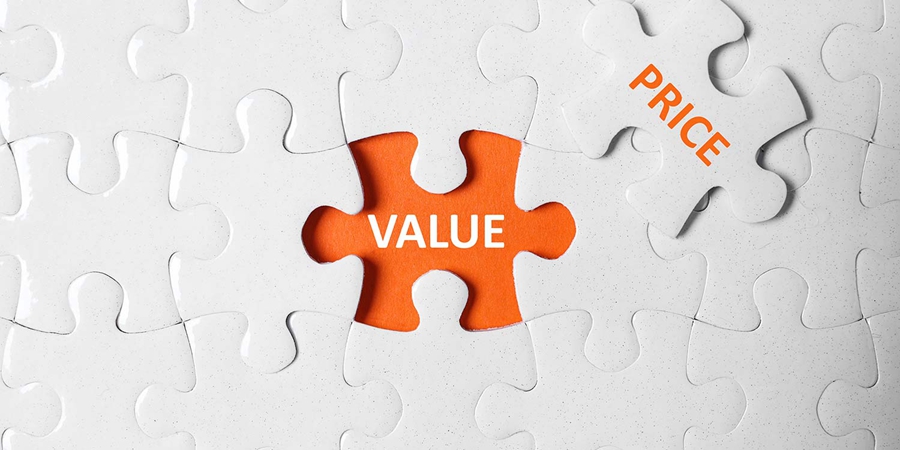
8. Dynamic Pricing Strategy
Also known as demand pricing or surge pricing — fluctuates with market demand.
Hotels, events, and airlines often use dynamic pricing. This is why the cost of a flight will change depending on the date.
Dynamic Pricing: Google Flights
Dynamic pricing requires complex algorithms to manage effectively.
However, small businesses can use dynamic pricing in a simpler way by charging more for in-season products or during special events. For example, a florist could charge more for flowers during the week leading up to valentine’s day.
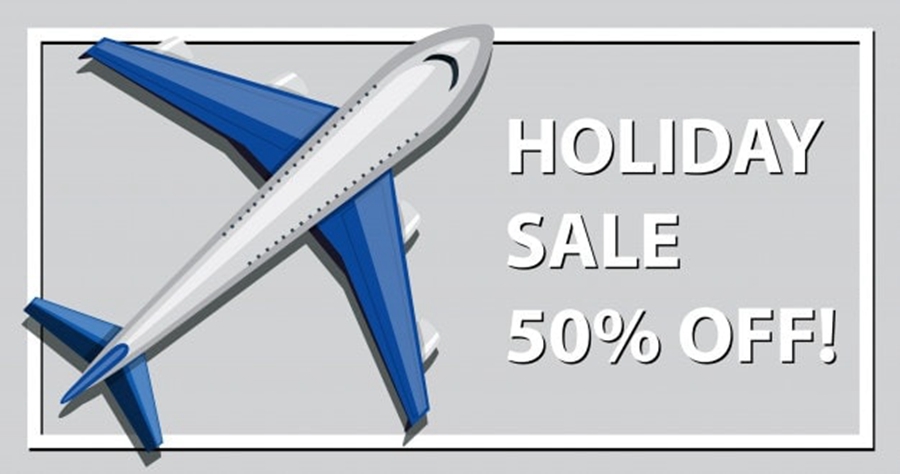
9. High-Low Pricing Strategy
Businesses sell products for a high price initially. And then lower the price as the product loses market demand, relevance, or novelty. This pricing strategy is mostly used by retailers with seasonal products, such as fashion and outdoor stores.
You can use high-low pricing to maintain sales as consumer demand waxes and wanes. For example, you can sell winter clothing at full price in the winter and then discount it in the spring to keep sales flowing until the summer season hits.
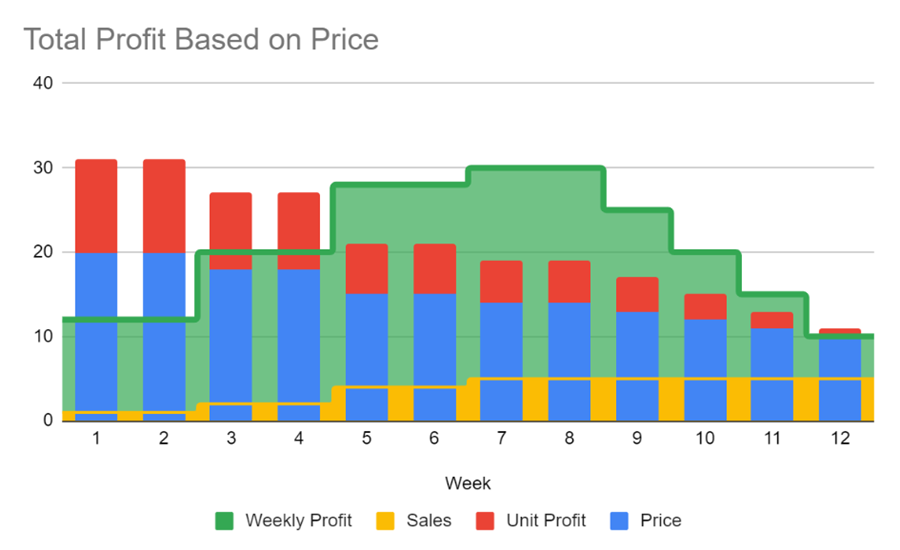
10. Skimming Pricing Strategy
Skimming pricing is when businesses charge the highest price they can for a new product. And then gradually lower the price over time as the product becomes less popular.
This pricing model differs from high-low pricing. Because the aim is to lower prices as slowly as possible over a long period of time to maximize profits.
Technology companies often use this strategy for products like smartphones, computers, etc.
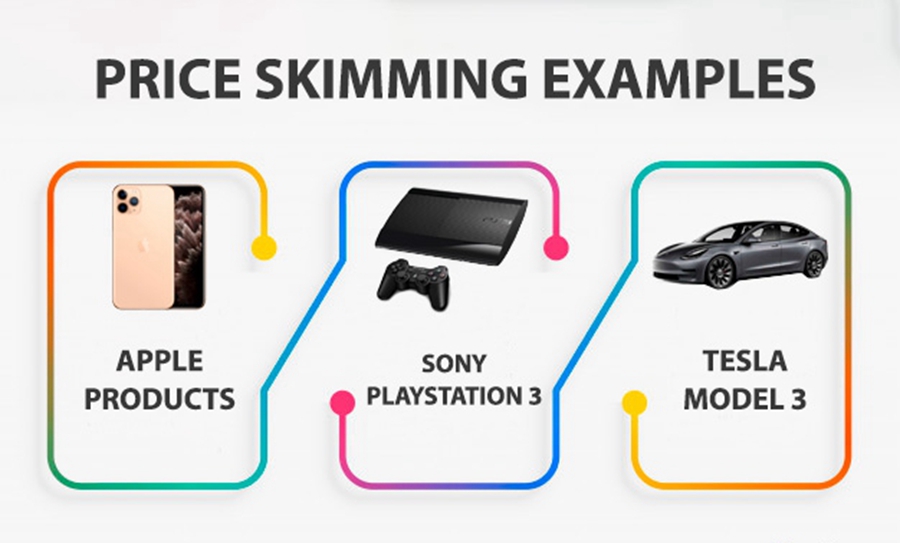
11. Loss Leader Pricing Strategy
Loss leader pricing is when businesses sell many products for a very low price — sometimes below the COGS — to attract customers. These businesses will then make money from selling other products at higher costs.
This strategy is used mostly by supermarkets, big box stores, and discount stores.
Arguably, loss leader pricing isn’t as effective as it used to be thanks to smartphones. According to PYMNTS, 43% of shoppers compare prices online while in-store.
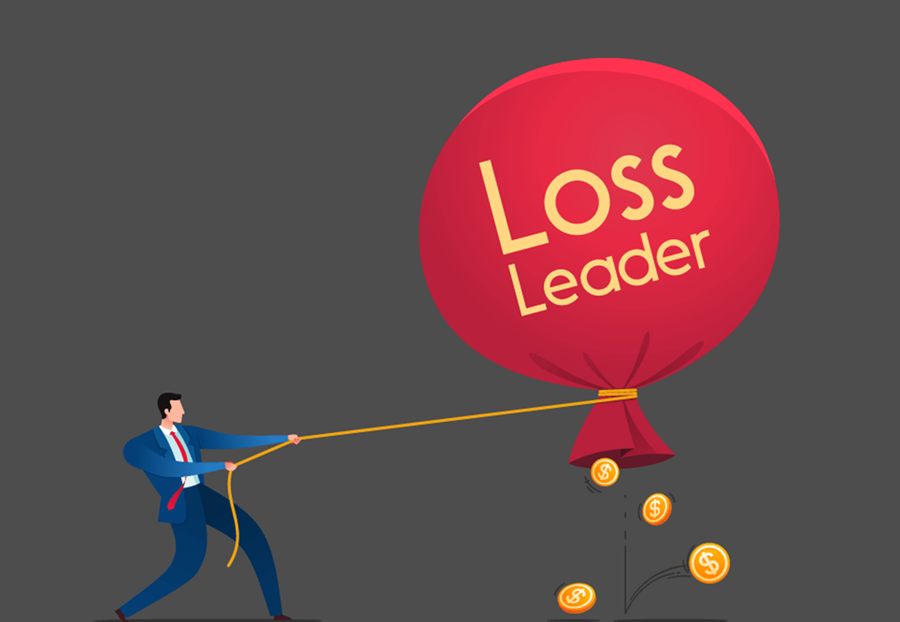
12. Geographic Pricing Strategy
Geographic pricing is set at different prices depending on where they’re sold.
This pricing strategy takes into account many different variables. For example, rural locations have a slower economy and lower average wages than big cities do. This is why supermarkets often sell the same products for less money in rural than cities.

Pricing strategies use to determine the optimal price for a product to increase sales and profit. To find out what works best for your product or service.
Sourcing Product Easy company established in 2008, based in Shenzhen city. As a professional China sourcing agent, we buy good products for customers. Over the past 10 years, we have visited more than 1000 factories throughout China. We have huge factories resources and logistic networks. We are good at consumer electronics, shapewear, hardware, etc. . We can provide customized products or print on demand also. We own a fulfillment center in China, provide a one-stop Shopify dropshipping solution.


